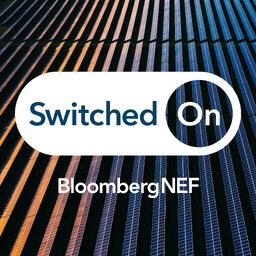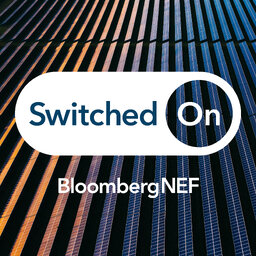“The best time to plant a tree was 20 years ago. The second best time is now.” This proverb is just as apt if you swap out “trees” for “grid investment.” Some $326 billion flowed into the world’s power grids in 2023, up 7% from the year before. Yet while investment may be increasing overall, only a few markets align with a net-zero pathway.
On today's show, co-hosts Dana Perkins and Tom Rowlands-Rees are joined by Felicia Aminoff from BNEF’s Grids and Utilities team. They discuss the growing power demand from new data centers, strategies for protecting the grid from extreme weather events, and how grid authorities are addressing a backlog of renewable energy projects waiting for a connection. This episode draws upon BNEF research found in the 2024 Power Grid Investment Outlook and the New Energy Outlook 2024: Grids.
Complementary BNEF research on the trends driving the transition to a lower-carbon economy can be found at BNEF<GO> on the Bloomberg Terminal or on bnef.com
Links to research notes from this episode:
2024 Power Grid Investment Outlook - https://www.bnef.com/insights/34703/view
New Energy Outlook 2024: Grids - https://www.bnef.com/insights/35211
 Switched On
Switched On


